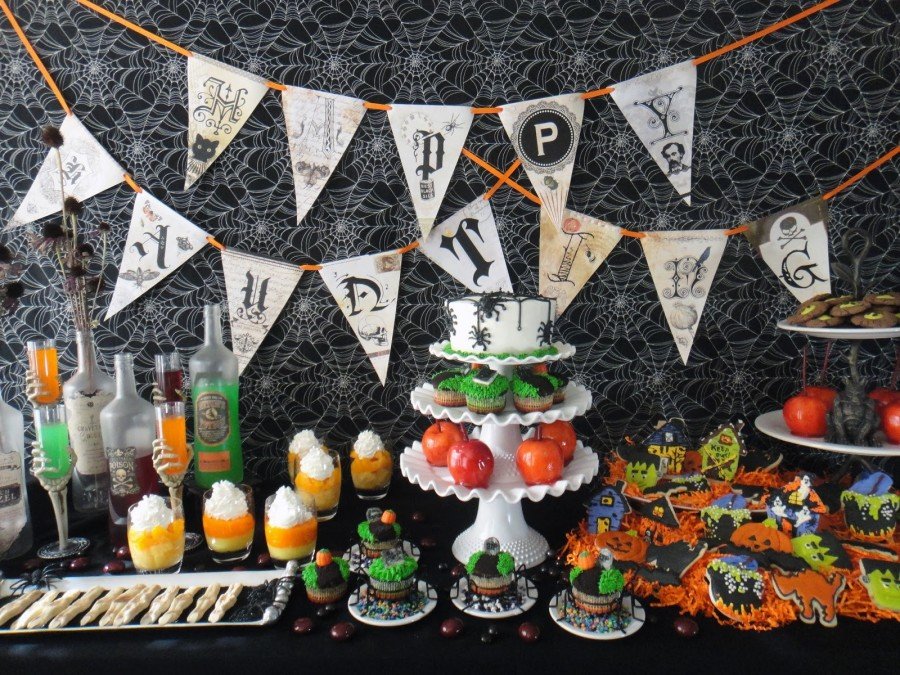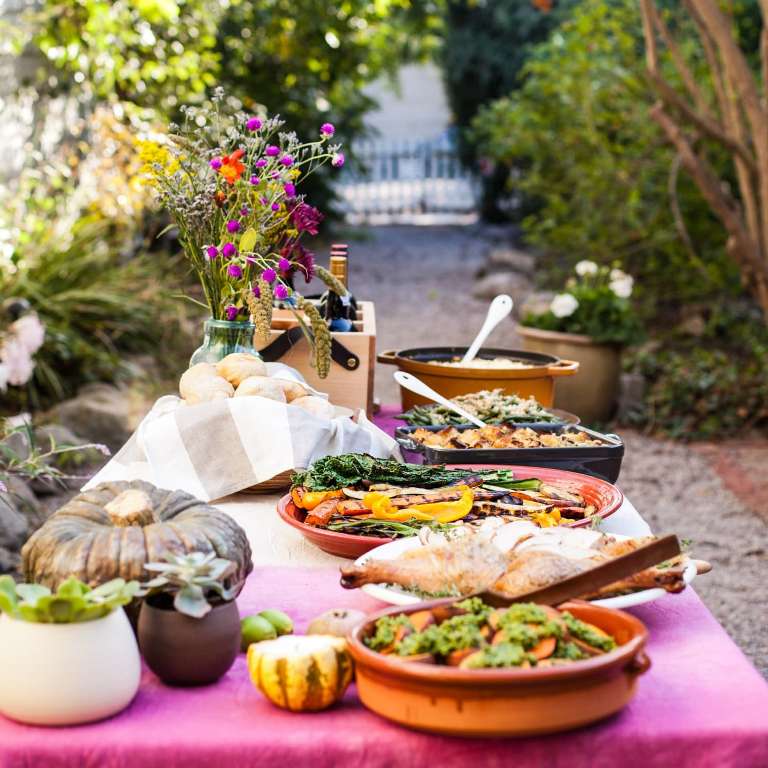For successful bottle-feeding, you should take care of some things in advance. Firstly, you need to decide on a formula to start. To minimize the digestive inconvenience in newborns, you can use pre or stage 1 infant milk because both of them are intended from birth to 6 months. To reduce the risk of any digestive problems twice you can use organic baby formula which is a safe alternative to breast milk with clean content. Usually, the organic formula has the EU certification meaning the milk as well as the other components come from biodynamic farms that use chemical-free agricultural practices. Secondly, buy a few feeding bottles. It’s recommended to have different types just in case. For bottle-feeding to go smoothly, it is worth knowing and taking into account some nuances which we are going to talk about in this article.
How to Select the Right Formula?
Usually, baby food is made either on cow or goat milk. Cow milk differs in quantitative and qualitative composition from breast milk, therefore, with the help of technological means, its content is brought closer to the one of breast milk and adapted to the age and development peculiarities of digestion and metabolism in children. Goat milk is a bit closer in content to breast milk and can be used for kids who are prone to cow milk protein allergy.
Formulas intended from birth are called adapted and are recommended for feeding healthy infants. There are also less adapted and partially adapted formulas that are close to breast milk only in some components. Experts advise giving preferences to adapt feeding if there are no contraindications. When choosing infant milk, pay attention to:
- the presence of probiotics and prebiotics. They are important because they positively influence the baby’s development and create beneficial microflora in the intestine
- better to give preference to organic content
- if there are nucleotides and polyunsaturated fatty acids
- no sugar
- check if the manufacturer has extensive experience in creating formulas, and constantly updates the product line

Choosing Feeding Bottle
The modern market of children’s bottles offers such a variety of devices for feeding a newborn that even an experienced mother can get confused. Despite the variety, most bottles differ by a few criteria:
- material
- form
- volume
Pediatricians recommend using glass bottles instead of plastic ones. They are easy to clean and sterilize, as this material can withstand even high temperatures. In addition, with proper care, such a bottle retains its original appearance for a long time. While plastic bottles can quickly become covered with a mesh of microcracks because of hot water and frequent sterilization.
For bottle-fed kids, it’s better to have 4-6 bottles. 150 and 270 ml are suitable for infants and 360 ml for older kids. Also, a bottle with a volume of 120 or 150 ml is suitable for water. At least 3 bottles will be needed for formula feeding a baby if you sterilize and wash them before each meal.
Of course, these are not all the details that you need to prepare for if you do not plan to breastfeed, but they are the main ones. You should also discuss how to properly prepare and organize this process with a doctor to be prepared for any surprises.




